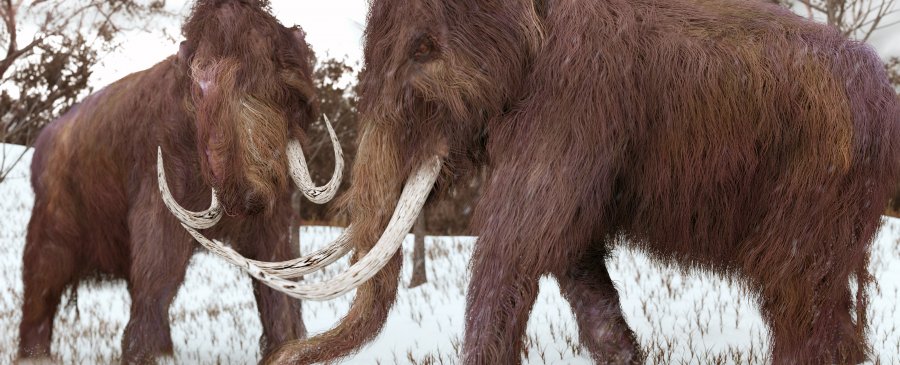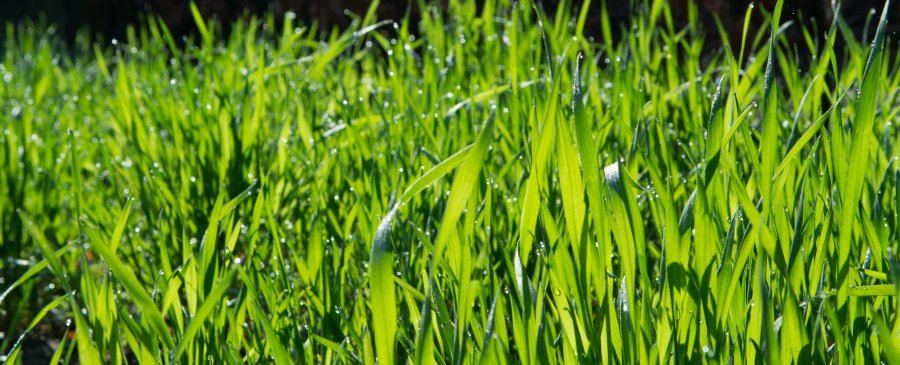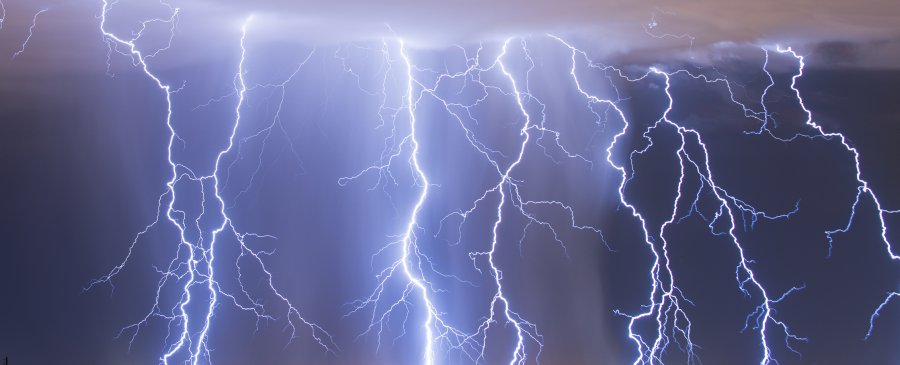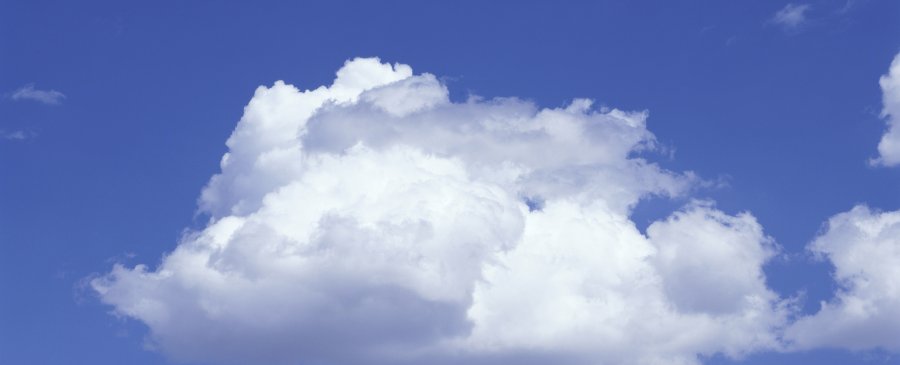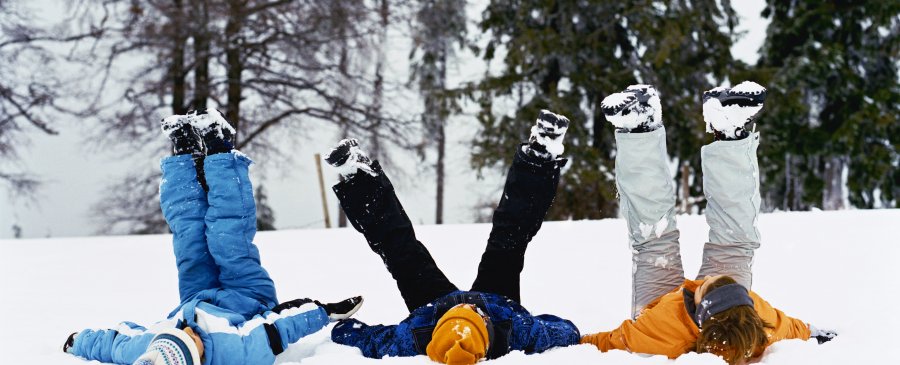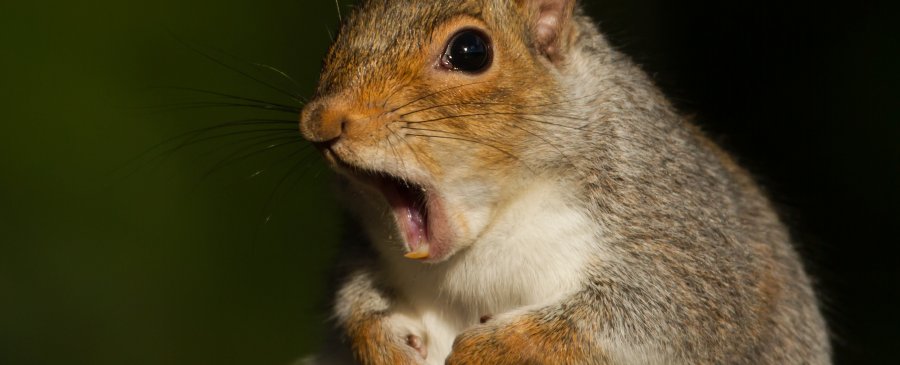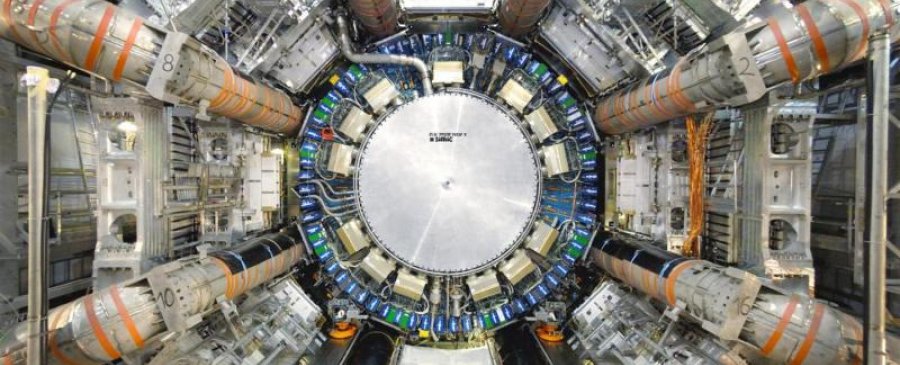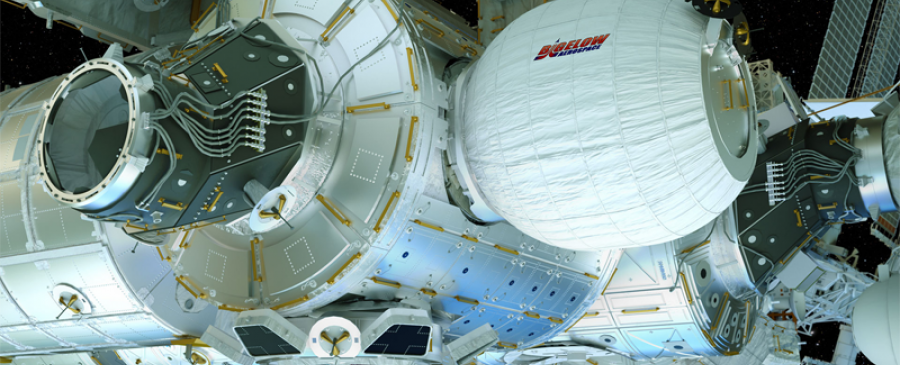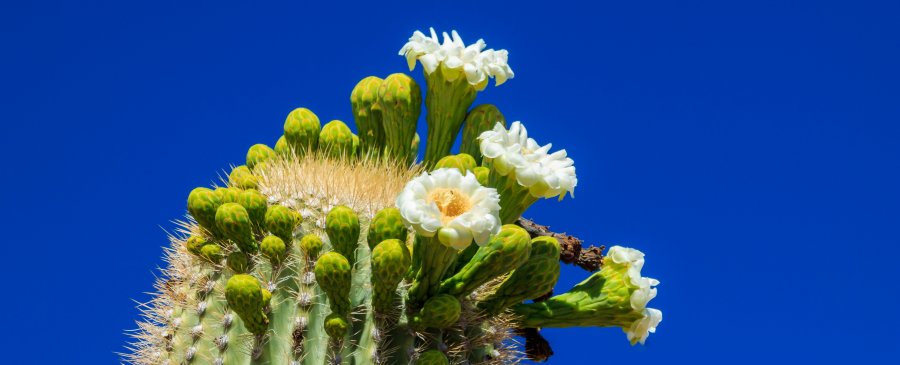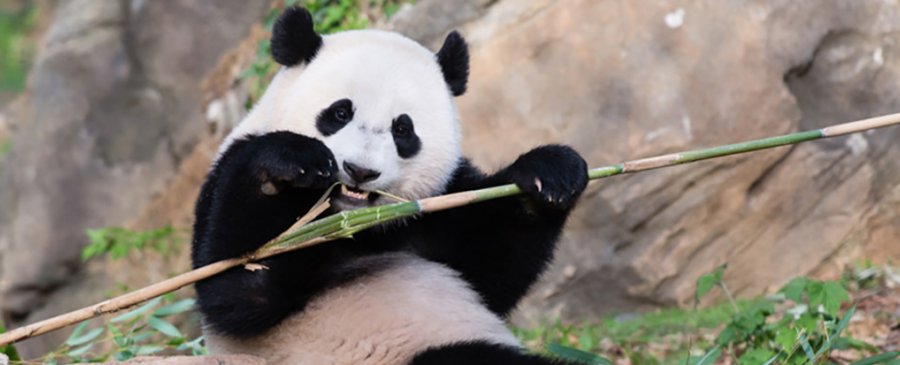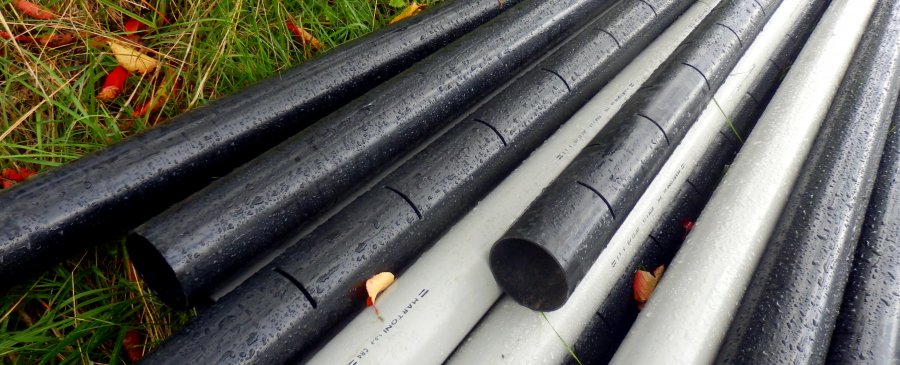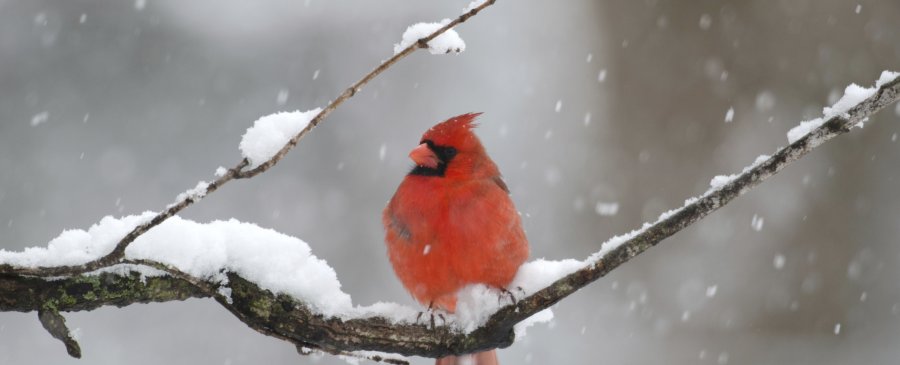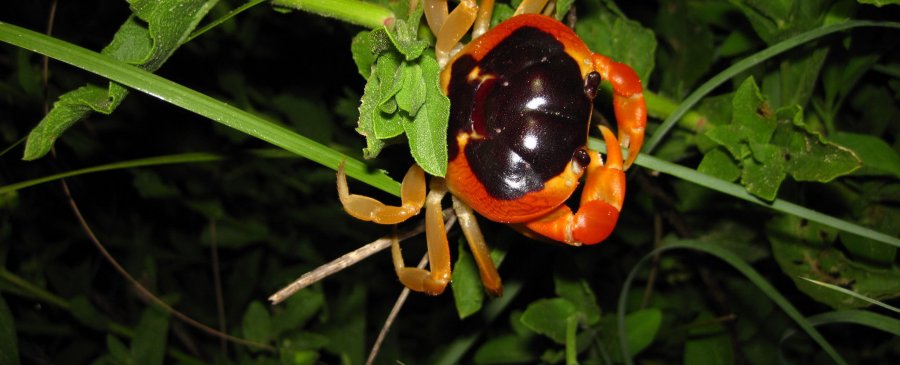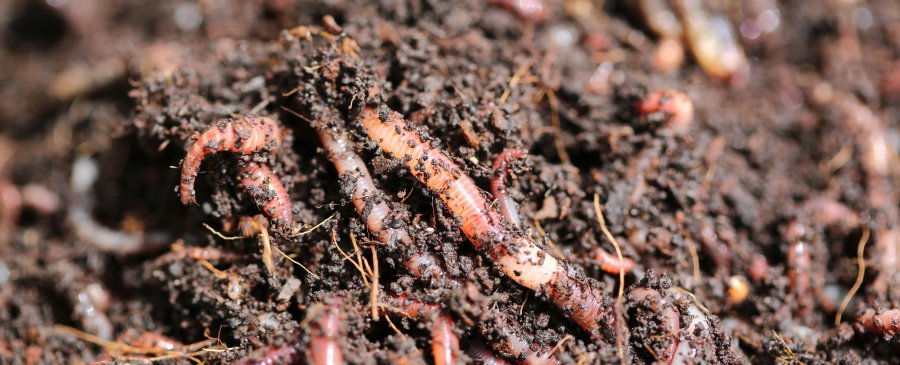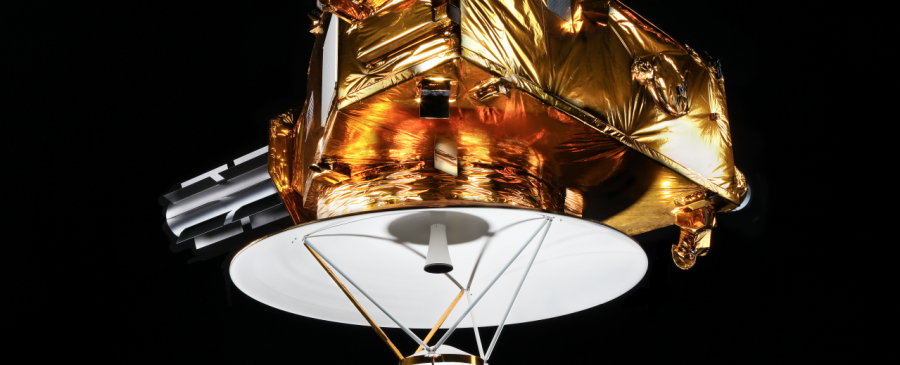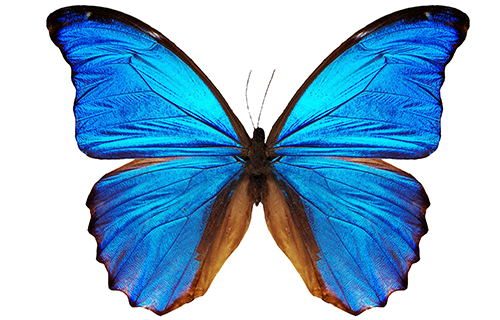Yes, you read that right. As 21st century humans, we get to enjoy all the perks of modern technology. That includes digital money, music in your pocket, intercontinental travel, and now, possibly, de-extinct species. Last month, a team from Germany considered the legal implications that such species-level innovation might have in a perspective from the journal Science. The discussion comes at an important time, as recent advances in the field have made the idea of de-extinction increasingly feasible.
When the lights in the movie theater dim and cell phones are muted, the movie is about to begin. In the dark, you can hear an occasional cough or the rustle of candy wrappers and smell the aroma of buttered popcorn. The screen begins to reflect light. Welcome to the world according to Hollywood, a world of make-believe made from moving images and digital sound.
When you get hungry, you grab a snack from your fridge or pantry. But what can plants do when they get hungry? You are probably aware that plants need sunlight, water, and a home (like soil) to grow, but where do they get their food? They make it themselves!
Plants are called autotrophs because they can use energy from light to synthesize, or make, their own food source. Many people believe they are “feeding” a plant when they put it in soil, water it, or place it outside in the Sun, but none of these things are considered food. Rather, plants use sunlight, water, and the gases in the air to make glucose, which is a form of sugar that plants need to survive. This process is called photosynthesis and is performed by all plants, algae, and even some microorganisms. To perform photosynthesis, plants need three things: carbon dioxide, water, and sunlight.
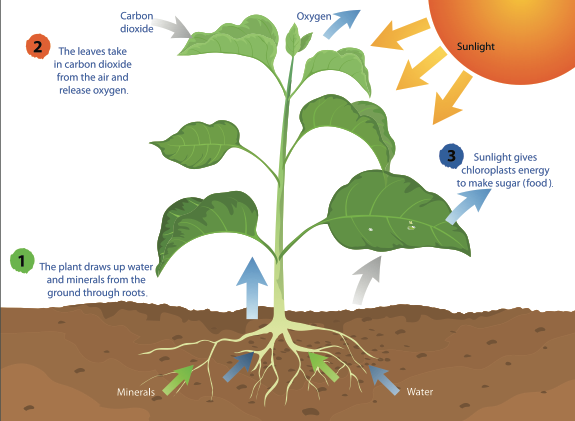 By taking in water (H2O) through the roots, carbon dioxide (CO2) from the air, and light energy from the Sun, plants can perform photosynthesis to make glucose (sugars) and oxygen (O2). CREDIT: mapichai/Shutterstock.com
By taking in water (H2O) through the roots, carbon dioxide (CO2) from the air, and light energy from the Sun, plants can perform photosynthesis to make glucose (sugars) and oxygen (O2). CREDIT: mapichai/Shutterstock.com
A thunderstorm is a disturbance in the atmosphere that is characterized by lightning and thunder. Lightning is an electrical discharge in the air generated by charged particles in moving air masses. Because lightning is a phenomenon of moving, charged particles, not rain, we see lightning in violent forest fires and volcanoes as well as thunderstorms. Thunder is the sound produced by the shock wave lightning generates. The air immediately around lightning is suddenly heated to high temperatures—up to 30,000°C (54,000°F)—and subjected to high pressure; it expands rapidly.
Have you ever heard someone say, “Clouds are just water vapor”? Next time, you’ll be able to correct them.
While it’s true that clouds contain water, they actually aren’t made of water vapor. If they were, you wouldn’t be able to see them. The water that makes up clouds is in liquid or ice form. The air around us is partially made up of invisible water vapor. It’s only when that water vapor cools and condenses into liquid water droplets or solid ice crystals that visible clouds form.
There’s nothing lovelier than the first snowfall of winter. Fluffy white flakes slowly drift down to cover your hair and clothes in their crystalline patterns. Just like all of nature’s most beautiful things, we can describe the beauty of snow with science! With the help of a turn of the century scientist and knowledge of crystal formation, we can crack of the code on these snow crystals. Including the big questions: Is it true that no two snowflakes are alike?
In the winter, when the days get shorter and the weather gets increasingly colder, it can seem like the Sun has forsaken us. I mean, after all, that’s when we are farthest from it—both physically and emotionally—right? Well, not exactly. While it might make sense to think that colder days equals farther distance from the Sun, it’s really not quite so simple.
If you live in a rural area, or near a park, you’ve probably observed this unique squirrel behavior. When the weather catches a chill, these bushy-tailed creatures begin what looks like preparation for a wide-scale scavenger hunt. In great numbers, these squirrels begin to bury nuts! Squirrels hide nuts this way as preparation for cold weather when otherwise food will be scarce. This kind of proactive stashing raises a lot of questions for squirrel enthusiasts—the most pressing being how do the squirrels find their nuts again?
It’s been just over 110 years since Einstein published his groundbreaking papers in 1905 that revolutionized physics as we know it and ushered in the quantum age. Among these papers were his theories on special relativity (not to be confused with general relativity, which he published 10 years later in 1915). His theories on special relativity discussed such strange things as length contraction and time dilation when an observer moved at speeds approaching the speed of light (3 x 108 meters per second, or c).
When it comes to pushing the boundaries of science, you need to look no further than the European Organization for Nuclear Research (or CERN). Based in Geneva, Switzerland, CERN is a complex of particle accelerators and detectors—the most well-known being their Large Hadron Collider (or LHC), which is the world’s most powerful particle accelerator. Now, you might reasonably ask, “Why are we accelerating particles?” At the core of these experiments is one true objective: to find out what the Universe is made of.
Summer's over, but birds are still chirping, and the Sun is still shining! Well… sometimes at least. It was a rainy summer here in Washington, DC, but with rain comes prime conditions for one of nature’s greatest shows: rainbows! The majestic, multicolored bows of light that lead to pots of gold and appear after rainstorms as if by magic—except it’s not magic, it’s physics! It might seem intimidating to unravel the secret of rainbows, but it’s actually really simple and so rewarding!
At the end of May, astronauts on the International Space Station (ISS) were able to install a new module to the station—by just inflating it! This new addition, known as the BEAM (Bigelow Expandable Activity Module) is the first of its kind when it comes to inflatable habitat technology. Delivered to the station at the beginning of April the BEAM has deflated dimensions of 2.16 meters (7.09 feet) in length and 2.36 meters (7.75 feet) in diameter but has now grown to a whopping 4.15 meters (13.16 feet) in length and 3.2 meters (10.5 feet ) in diameter.
Happy Pollinator Week! We can all appreciate the beauty of blooming flowers and budding trees, but we don’t always take a minute to be thankful for their silent helpers. Nine years ago the U.S. senate declared a week each June to be National Pollinator Week. This weeklong event is not only to celebrate the pollinators who make summer beautiful but to raise awareness. Populations of pollinators are in decline, and without these pollinators the fragile ecosystems they live in will fall into disarray.
It’s an indisputable fact that as a society, we have fallen head-over-heels for pandas. Whether it be at the National Zoo in Washington, DC, or the Wolong National Nature Reserve in China, these furry giants steal hearts wherever they go, except maybe in their own backyards. Giant pandas are an endangered species, with only 1,600 living in their natural habitats in China’s mountain ranges and 300 in captivity around the world.
It’s the spunky little Pomeranian yipping at shadows from their human’s lap.
 Image: Marjee Chmiel/Smithsonian Science Education Center
Image: Marjee Chmiel/Smithsonian Science Education Center
What do you think of when you hear the word “plastic”? The term has become synonymous with being fake, superficial or cheaply made. Plastic has gotten a bad reputation, but we shouldn’t lose sight of the innovations plastics have brought.
What makes something “plastic”?
“Are we there yet?”
Even people who love road trips will occasionally get bored during a long drive. Cutting down travel time helps to make traveling to different parts of the world easier and more accessible. There is a lot of interest in exploring technologies that can make travel fast and safe. A vehicle known as a maglev train is one type of transportation technology that seems to hold a great deal of promise in that respect.
Take a look at the picture below. You are looking at an underwater forest comprised of giant bladder kelp. Giant bladder kelp. Sounds delicious, right?
OK, maybe not so much, but through some straightforward chemical changes, a molecule found in this and other kelp makes its way to a variety of food, pharmaceuticals, and dental materials you are sure to be familiar with.
For most in the Northern Hemisphere, winter is a time for building snowmen, skiing, and hoping for a snow day. Although many of us are counting down the days until holiday break, there is still time to investigate a few winter science questions! Grab some cocoa and your favorite blanket, and investigate winter from the comfort of somewhere warm.

XiXinXing/iStock/Thinkstock
Ghost bats, witch fish – it seems like animals all over the world are permanently dressed up for Halloween! Thanks to the Encyclopedia of Life, supported by the Smithsonian, we found seven of these ghoulish creatures in honor of October 31st. If you thought this holiday was just for bats and spiders, think again!
“I’m working with our app, Leafsnap,” the scientist said.
I hesitated before joining her. Visiting the Smithsonian National Museum of Natural History for a before-hours event, I had wandered into the room hoping the butterfly pavilion would be open early. (It wasn’t.) Instead, I found a lone scientist working with her iPhone and a few plants.
“Leafsnap is a free app based on facial recognition software,” she elaborated, gesturing to her phone. “You take a picture of a leaf, and it tells you what kind of plant it is.”
I stopped. It did what?
Teachers are often asked the following question, "What makes someone a scientist?" Students in all grades ask this question a lot. Although there is no one clean answer, we hope to provide a little clarity for our teacher friends out there.
Being a scientist means being curious, passionate, and resourceful. Being a scientist means using evidence to make claims. It's a way of thinking. It's a mindset, but where does this scientific mindset come from? Is there a special combination of internal ingredients necessary for one to develop a scientific mindset?
Brain freeze, sunburns, and bug bites -- welcome to summer! While summer in the Northern Hemisphere often conjures up images of swimming pools and beach umbrellas, it also comes with a few pains. While scientists can't make them go away (yet), they can at least tell us why we have to suffer through them! Maybe brain freeze, sunburns, and itchy bug bites can somehow be a good thing?
What causes brain freeze?
Scientists at the University of California in San Francisco have been studying clustered regularly interspaced short palindromic repeats, or CRISPRs for short, in prokaryotic (single-celled) organisms such as bacteria.
Cancer.
Watch this video. WATCH. IT. If you're anything like me, it will leave you with your mouth hanging open, slightly unsettled, at one of nature's most incredible, disconcerting, skin-crawling species:
The latest episode of SSEC's Good Thinking! series, Fired Up About Energy, features a new classroom guide: Bunsen the (you guessed it) Bunsen burner. The episode focuses on teaching and discussing energy in the classroom, and explores common student misconceptions related to the topic.
Featuring Dr. Alan Stern
Poor Pluto is finally getting a visit! To the disappointment of stargazers everywhere, the icy space rock, only 1/6 the size of Earth, was downgraded to a "dwarf planet" in 2006 as we learned more about our solar system. While we may not quite be over Pluto's "ex-planet" status, we have at least one thing to celebrate: Almost 90 years after its discovery, we're finally visiting Pluto!
Meet New Horizons
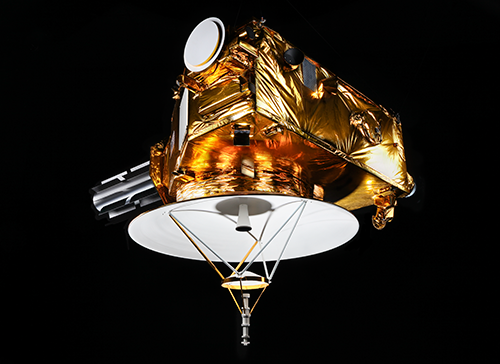
Some scientists think Earth's oceans formed when icy comets hit the planet. But new research suggests a different origin for the oceans: they simply seeped out of the center of the Earth.
The finding, published in Science, suggests that a reservoir of water is hidden in the Earth's mantle, more than 400 miles below the surface. Try to refrain from imagining expanses of underground seas: all this water, three times the volume of water on the surface, is trapped inside rocks.
The word is difficult to parse. Try this: bio-mimic-ry. Though not so easy on the eyes, the word lucidly explains its own meaning: biomimicry is the imitation of designs and processes found in nature. It asks how we humans can benefit from mimicking the intricate and graceful systems displayed by life forms all over the world.
